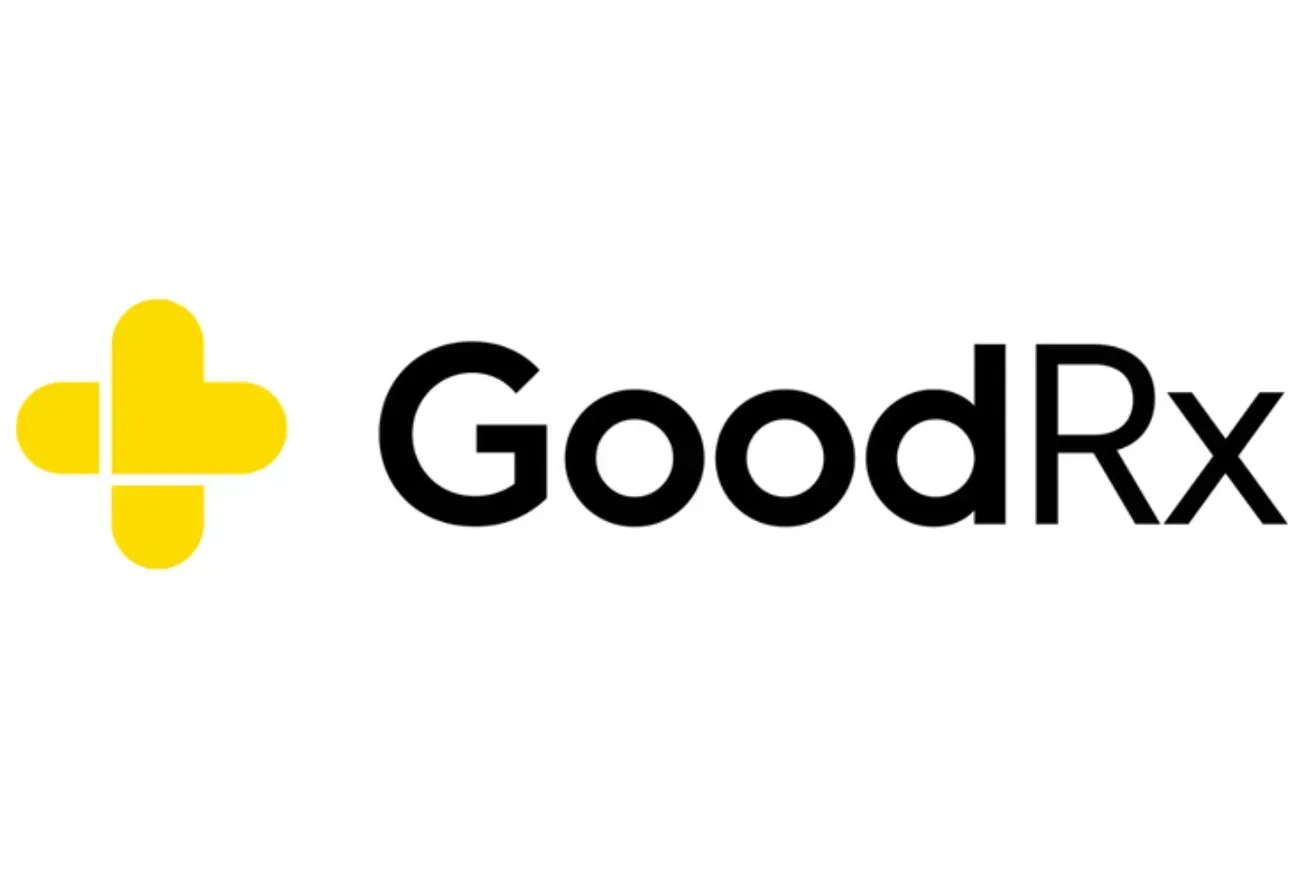By Dan Mouradian
In today’s fragmented media landscape, it’s crucial to meet consumers where they are, delivering personalized and impactful advertising experiences that drive outcomes. And for pharma brands, this is even more critical when it comes to effectively communicating information to patient audiences.
Traditionally, linear TV has been a mainstay of advertising investments for pharma marketers, but now consumers are increasingly shifting their time towards CTV and streaming. In fact, according to Innovid’s latest insights report, CTV accounted for more than 50% of video impressions, up 12% compared to the year prior.

As TV hurtles towards a 100% digital future, delivering compelling experiences similar to digital but married with linear’s scale is possible. To make the most of the medium, pharma marketers must understand what CTV has to offer when it comes to reaching audiences and driving results — from engagement to personalization, and measurement to optimization.
In order to successfully implement and execute campaigns that drive impactful outcomes for pharma marketers, the following best practices should be considered when activating CTV strategies:
Check your tech
First and foremost, pharma brands need to understand the tech they have access to. While CTV is a powerful awareness vehicle to educate patients about the benefits and uses of drugs, pharmaceutical advertising is heavily regulated due to the health risks associated with these products. Therefore, it’s vital to ensure media partners have the tools and inventory to support pharmaceutical advertising needs.
Relevancy while being careful with privacy
With millions of messages bombarding consumers, and more potential touchpoints than ever before, relevant advertising can break through the noise to make messaging more relatable to the audiences experiencing them.
However, given privacy concerns, the pharma category has struggled to implement true one-to-one patient targeting — and with impending signal loss, the job of creating relevancy is becoming even more complex. To combat these obstacles, pharma marketers can lean on strategies like contextual targeting to ensure ads are relevant for patients while protecting their privacy.
Implement frequency
management
While prioritizing reach with potentially high frequency can be enticing to get creative out and drill messaging home to as many consumers as possible, too much frequency likely indicates overexposure, which can have negative impacts, including ad fatigue for consumers and wasted costs for advertisers.
The question is what’s the right balance? The golden number for frequency depends on multiple variables, including target audience, vertical and the duration of the campaign. According to Kantar, brand favorability and purchase intent start to level off after 10 CTV exposures. However, consumers generally agree that over-frequency is an issue. A Publicis Media study from last year found that more than two-thirds (67%) of viewers are annoyed by seeing the same ad more than once within the same ad pod.
In a competitive health care environment, marketers simply can’t afford to alienate potential patients by prioritizing TV advertising frequency over reach.
Get creative with creative
Given the nature of and sensitivities with the health care category, ads traditionally need to clearly communicate medical claims and other legal information — making the ad experience less entertaining and engaging for viewers. However, there are creative ways to approach the message differently.
Additionally, there are new advanced creative formats enabled on CTV that resemble capabilities on digital that can enable pharma marketers to inform and attract patients to explore their products while adhering to regulations.
With features like overlays, branded canvases, QR codes and expanded units, streaming advertisers have found success with engaging with their target audiences — from learning more about a product or service to driving loyalty with offers. For pharma brands specifically, we find the use of interactive ad units unlocks CTV as a channel in large part due to their ability to showcase ISI or scrolling ISI as a capability for pharma clients who require that capability for legal purposes.
For example, in its “Here’s to Science” ad that ran on Paramount+ during the Super Bowl, Pfizer used a QR code to generate engagement with its “Let’s Outdo Cancer” website.
As TV rapidly heads toward its fully digital future, pharma marketers can take advantage today by working with the right technology providers, implementing privacy-first data-driven strategies, and experimenting with interactive creative to ensure they’re reaching audiences with relevant messaging while not oversaturating the ad frequency — and optimizing creatives that drive engagement and maximize outcomes.
is senior vice president of global client solutions at Innovid.





